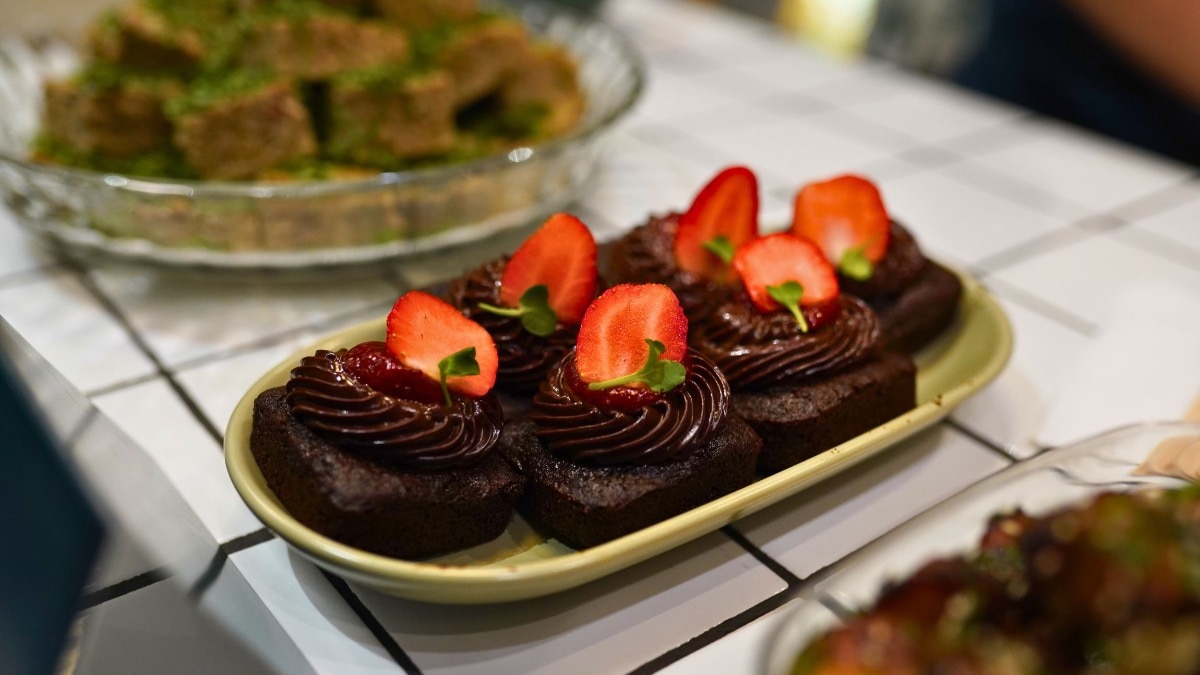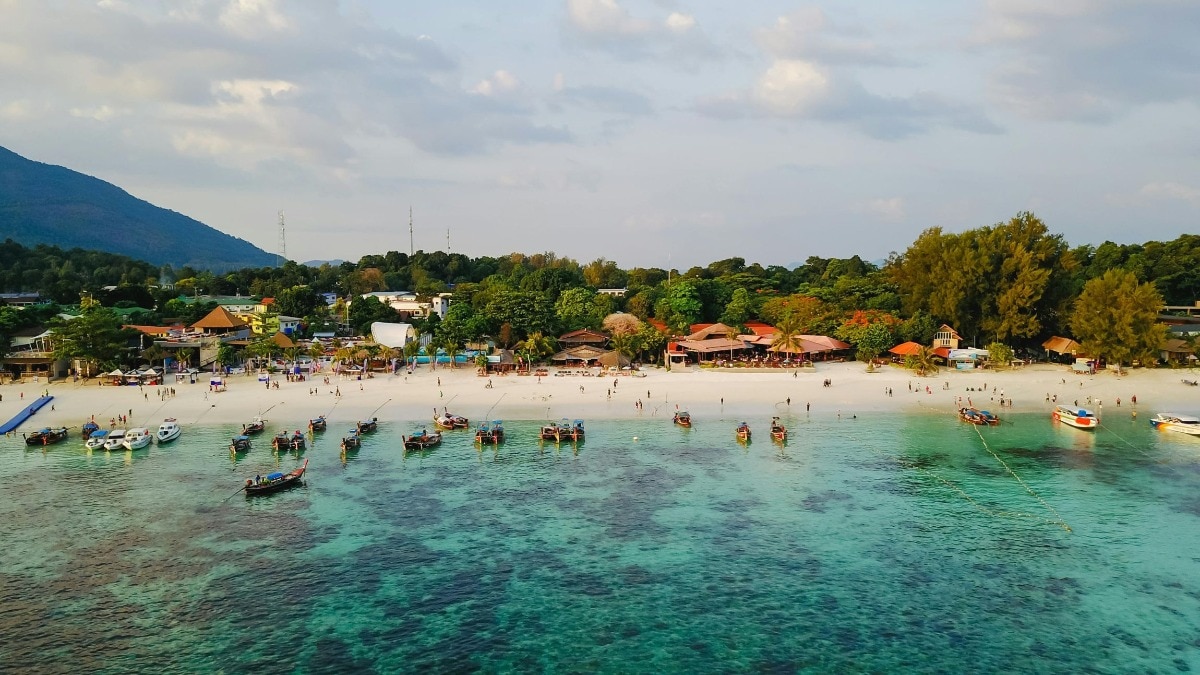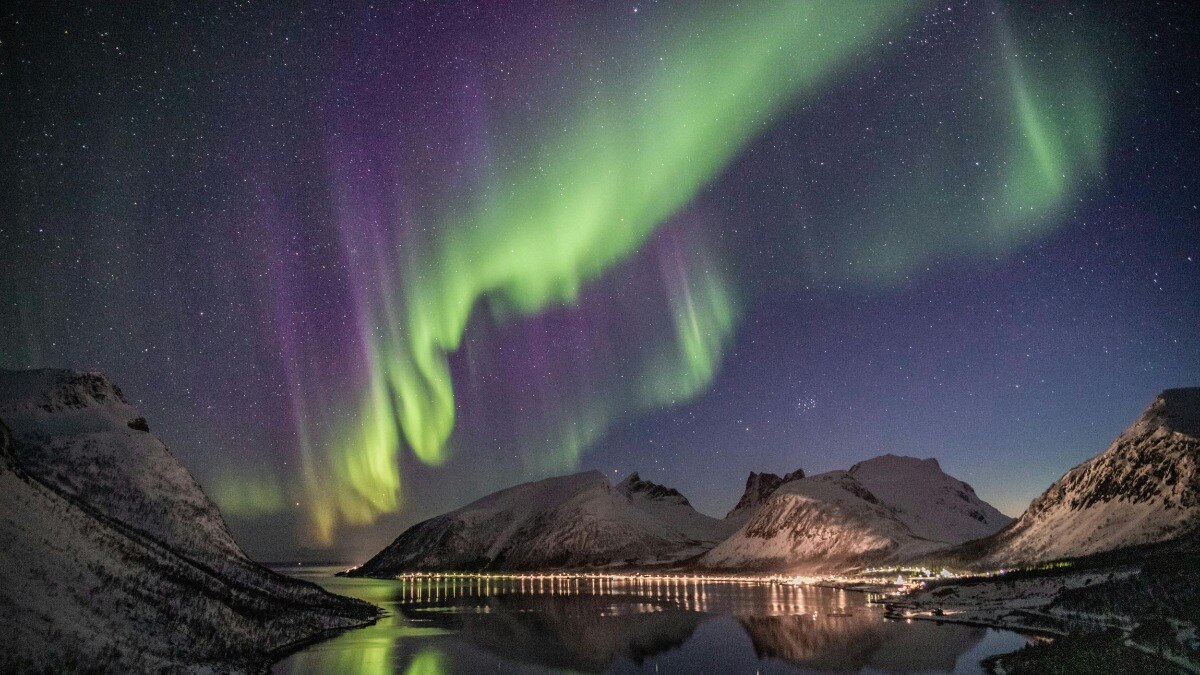Sri Lanka’s natural reserves and architecture compete for attention when it comes to beauty
A writer revels in the views.


With a design influence that begins before the Anuradhapura period (377 BCE-1017 CE) to the colonial and post colonial styles that can be seen in their Dutch, Portuguese and British influences, the architectural history of Sri Lanka is expansive. On a trip to this country, I explored the intricate details of why Sri Lanka’s buildings continue to captivate our fancy, centuries after they were first raised.
Overlooking a privately-owned heritage building, the road-facing verandah cafe at Galle Fort Hotel is the “it” place in Galle for people watchers. All walkable cities have that one spot where you can park yourself with an iced coffee in tow, and watch the day go by when you aren’t busy ticking off touristy traps. With the Galle Fort Hotel’s cafe, you’ll hit gold. It’s a perfect spot to get a sense of urban Sri Lankan culture and architecture. Just a two-minute walk from the seashore on all sides, where the 28 Church Street lane intersects in a criss-cross pattern, a line of tourists and locals walk up and down the slim gullies. Babies are in prams, sun tans on their backs, and cameras around their necks.
For over two hours, my companion was Bawa: The Sri Lanka Gardens, a book about exquisite gardens in the lush landscape of Sri Lanka. Behind me is Galle Fort Hotel, a structure that was built 300 years ago, and has changed many hands before the current owner acquired it in 2011. It has transformed from a Dutch mansion to a warehouse to barracks. Now, it's an 11-suite boutique hotel that blends in beautifully with the city’s rich cultural and aesthetic vision.
The Galle Fort Hotel is a perfect example of Dutch influence. With its decor and the expansive frangipani-circled courtyard that the rooms overlook, the space has been transformed through heritage restoration, with its building’s Dutch walls and facade authentically conserved to reflect its past. The hotel, though, features the future, with a cutting-edge bar. Ropewalk was inspired by the process of making arrack—by collecting coconut flower sap, known as toddy, where tappers walk between ropes strung on two trees. Their menu, designed by chef Sanjeewa, features four set-menus from different cultures of Sri Lanka called feasts of Ceylon and Cabinet chicken—a recreation of the iconic roast chicken that is seen across the island, stored in cabinets for people to buy and take home. There is nothing better than sitting in a historic property, while experiencing the contemporary.
The influence of Dutch, especially, is not sporadic in Galle. With them ruling the tropical shores of this country, the entire lane of Galle has dozens of buildings from the 17th century and ramparts that boast typical features of classic Dutch architecture—from coral, quartz, and limestone composition in its brickwork and symmetrical gambrel roofs, to an inner patio which keeps the structure well-ventilated.
The city of Galle is a complex World Heritage Site—it comprises a living city alongside fortifications of archaeological importance. Founded by the Portuguese in the 16th century, Galle city and its fortifications were inscribed as a UNESCO World Heritage Site. Since then, it reached new heights in the 18th century just before the British took control, and stands as the epitome of how European and South-East Asian architectural styles come together.
The British influence
Apart from the Portuguese and the Dutch invasions, Sri Lanka’s architecturals history was also influenced by British rule from 1815 to 1948. We experienced that in Thotalagala, a 19th-century tea planter’s bungalow that is now a historic boutique stay in Uva, one of Sri Lanka's foremost tea-growing regions. While walking into the Haputale village, three single storied homes, complete with a green tiled roof, interconnected with each other remind you of the WhatsApp home emoji. Outside, a garden spills a vibrant yellow copper pod tree, a gift of summer, juxtaposed with a scenic pool. The seven-suite villa has themed rooms and a living room that doubles up as your coffee spots in the morning. “For me, Thotalagala and Galle Fort Hotel are both like living time capsules,” says Amrit Rajaratnam, founder and managing director of Maitland and Knox Heritage Hotels.
While Galle Fort Hotel is within a UNESCO World Heritage site, that one directly relates to the stories of the past—colonial eras, spice routes, and all the rich history that makes Galle what it is—Thotalagala sits right in Sri Lanka's tea heartland and reflects our connection to the legacy of Ceylon tea. “Restoring and caring for these places isn't just about preserving walls and decor; it's about holding onto pieces of our history and making them meaningful for people today,” says Rajaratnam.
Inside Thotalagala are trademark British architecture features such as art deco nooks, cosy fireplace with a chimney, ventilation blocks that are a part of the walls. An extension of your stay also includes a classic English high tea service, a sought-after experience by tourists, complete with raisin scones, smoked chicken sandwiches, mini polos buns. You can watch the sunset over the Horton Plains mountain range as you sip on your choice between black and green variety.
Sri Lanka is also heavily inspired by Buddhist architecture. According to the ancient Sinhalese text, "Vijayantha Potha", the stupas that were built in Sri Lanka were categorised according to the shape of the dome or body into Dhanyakara, Bubbulaka, Ghatakara, Padmakara and so on. They remain an outstanding feature of Sri Lankan design history and are used by their Buddhist community. Theravada Buddhism is the official religion of Sri Lanka, with about 70.2 per cent of the country's population as followers.
“Inside the fort, the influence of Buddhist architecture is almost nonexistent as it has more colonial influence. Yet, the Buddhist monastery inside the fort is quite unique, as it shows the amalgamation of Sri Lankan traditional architecture into two buildings that reflect both Roman Catholic and Dutch architecture,” says Shanjei Malraj Peruma, founder of Galle Fort Walks.
He adds, the bell/dome shaped Pagoda is unique to Sri Lanka. “Most pagodas in other Buddhist countries such as Thailand, Cambodia, and Myanmar do not follow the same,” adds Peruma. All Buddhist temples here have a half moon step platform at its entrance with elaborate carvings known as the 'Sandakada Pahana'. Most pillars, moonstones and walls will have carvings of symbolic features such as the dhamma wheel, lotuses, Buddhas in meditation, apsaras, animals associated with new Buddhist values.
In conclusion, Sri Lanka's architectural landscape is a fusion of cultural influences, each layer telling a story of the island's rich history and evolution. From the early Buddhist stupas to the grand colonial structures left behind by the Portuguese, Dutch, and British, the country's buildings stand as living testaments to its heritage.
Lead image: Getty Images
Also read: After 14 years, SoBo’s The Table has a new menu serving delicious modernism on a platter










